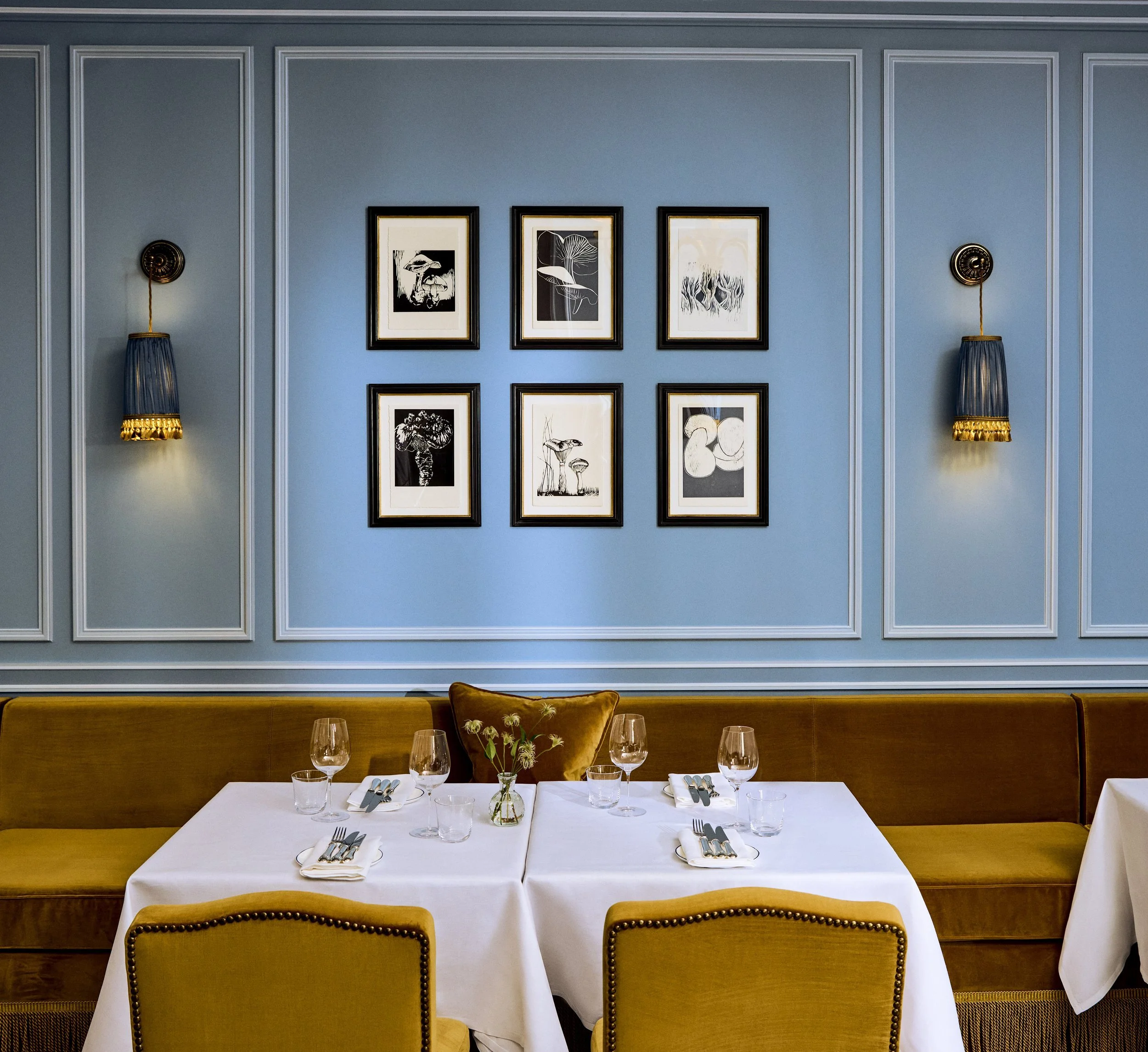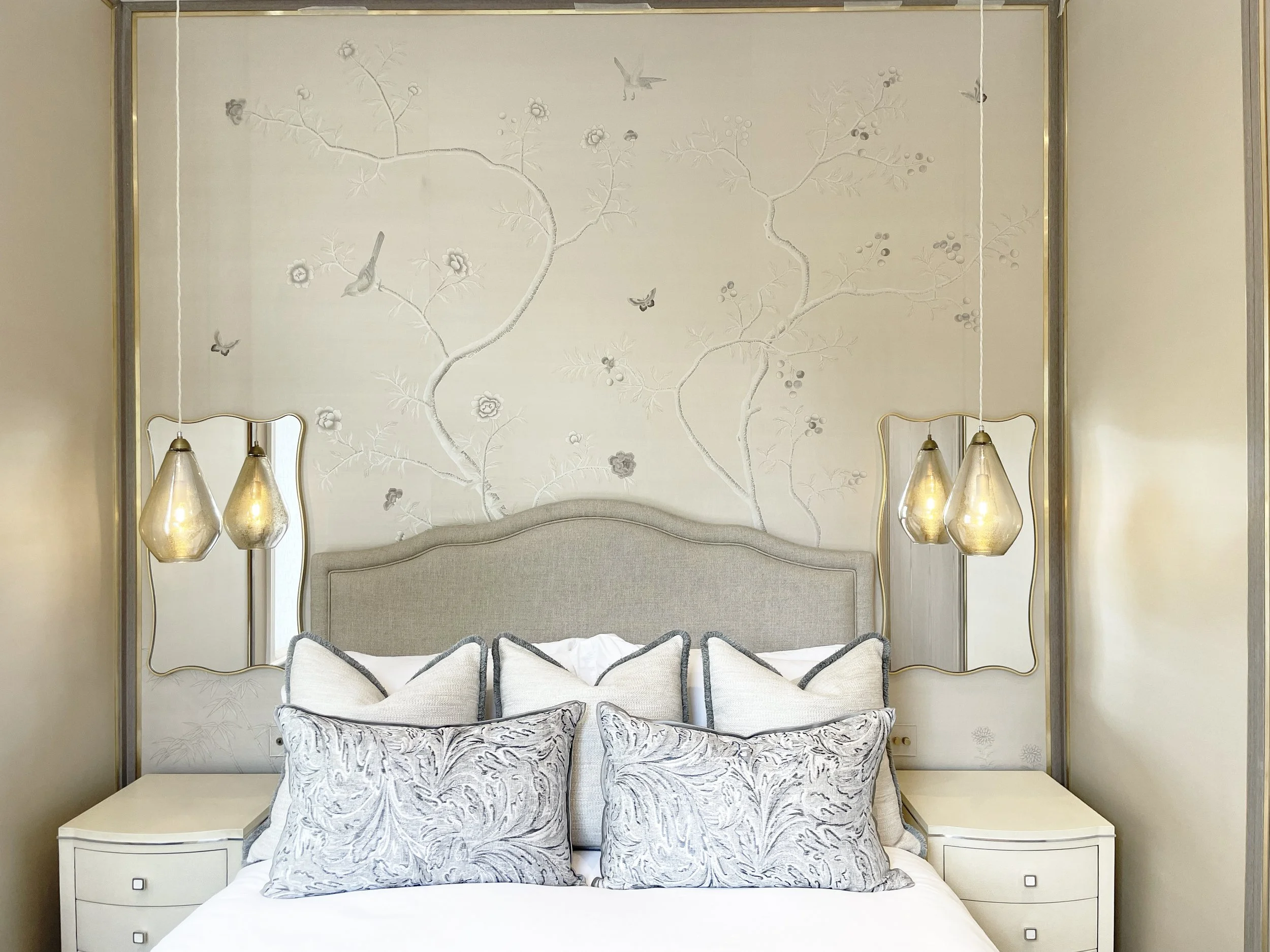How Interior Design affects mood
“Interior design has a profound impact on our emotions, as it is capable of creating uplifting, calming, or stimulating environments that directly influence our mood and overall well-being.”
COLOUR PALETTE
Interior design plays a crucial role in setting the mood of a space, with color being one of the most significant factors. Different colors have varying psychological effects on individuals. For example, warm colors like red, orange, and yellow tend to evoke a sense of energy and excitement, whereas cool colors like blue and green are more calming and relaxing. By strategically selecting colors for walls, furniture, and decor, interior designers can create an atmosphere that enhances people's mood and emotions within a given space.
Photo : The Twenty-two hotel designed by Natalia Miyar
LIGHTING
The lighting scheme used in interior design can greatly affect the mood of a room. Natural light is generally preferred, as it has been proven to improve overall well-being and productivity. However, the intensity and color temperature of artificial lighting also impact mood. Harsh, bright lighting can cause feelings of discomfort and stress, while warm, dim lighting can create a cozy and intimate atmosphere. Interior designers carefully consider the placement and type of lighting fixtures to achieve the desired mood and ambiance in a space.
NATURAL LIGHTING
Natural light is generally preferred by interior designers or architects when designing a space.
Photo source: The Soho Hotel, London
SPATIAL LAYOUT AND FUNCTIONALITY
The layout and functionality of a space can significantly influence one's mood and overall experience within it. Interior designers consider factors like traffic flow, furniture arrangement, and organization to optimize comfort and functionality. A well-designed space with good circulation, ample storage solutions, and comfortable furnishings can promote a positive mood and reduce stress. On the other hand, a cluttered or poorly laid-out space can lead to feelings of unease and frustration. Interior designers focus on creating harmonious environments that cater to the specific needs and activities of individuals, enhancing their mood and overall well-being.
INTERIOR DESIGN INFLUENCES OUR MOOD AND OVERALL WELL-BEING
It directly affects our sensory experiences. Colors, lighting, and textures in a space can evoke emotions, such as calmness, joy, or relaxation. The arrangement and organization of furniture can impact functionality and create a sense of ease or disarray. Furthermore, incorporating elements of nature, personal touches, and meaningful artwork in interior design can enhance a sense of belonging and create a positive atmosphere, ultimately enhancing our well-being.
FEELING INSPIRED?
Rachel Battais Interiors has a team of professional interior designers & architects that are ready to assist with all of your interior design needs. Our services provide design and layout options that fit your style and budget for your space. You will work with a team of designers and project managers to help you love where you live.
Get started today with your project!
Email us here rachel@rachelbattais.com
















